The James Webb Space Telescope successfully launched into space last weekend after numerous postponements. Now the most expensive scientific instrument worth USD 10 billion is flying past the Moon towards the L2 Lagrange point. Our readers have probably often seen this term in the news about JWST (WEBB). However, for the average layman, this name sounds mysterious. Let’s figure out what Lagrange points are?
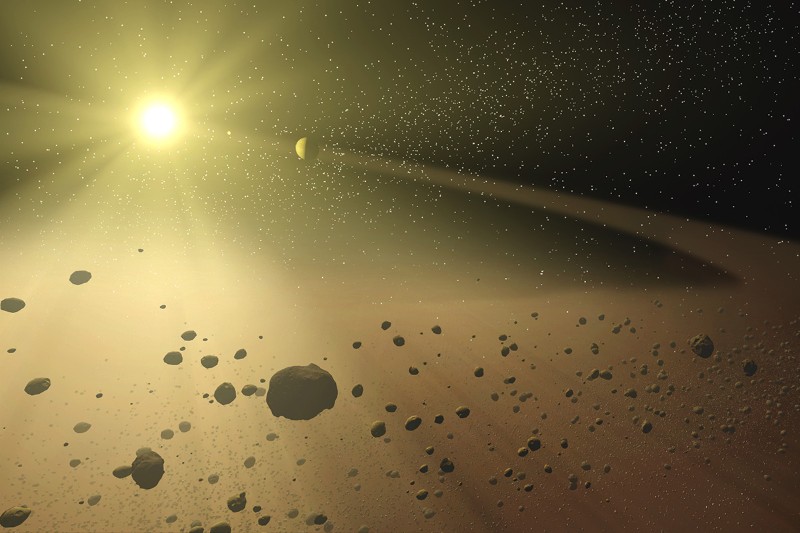
Lagrange points are positions in space where the gravitational forces of a system of two bodies, for example, the Sun and the Earth, create enhanced areas of attraction and repulsion. Thanks to this, the object placed at these points will remain there forever. They can be used by spacecraft to reduce the fuel consumption needed to maintain position.
Five Lagrange Points
Lagrange points are named after the Italian-French mathematician Joseph-Louis Lagrange. In the 18th century, there was a mathematical problem known as the “General Three-body Problem”. He was the first to give a solution to this problem, from which the existence of these singular points followed. The scientist published his decision in the Essai sur le Problème des Trois Corps article in 1772. If only he knew how much his calculations helped the space industry after more than 200 years.
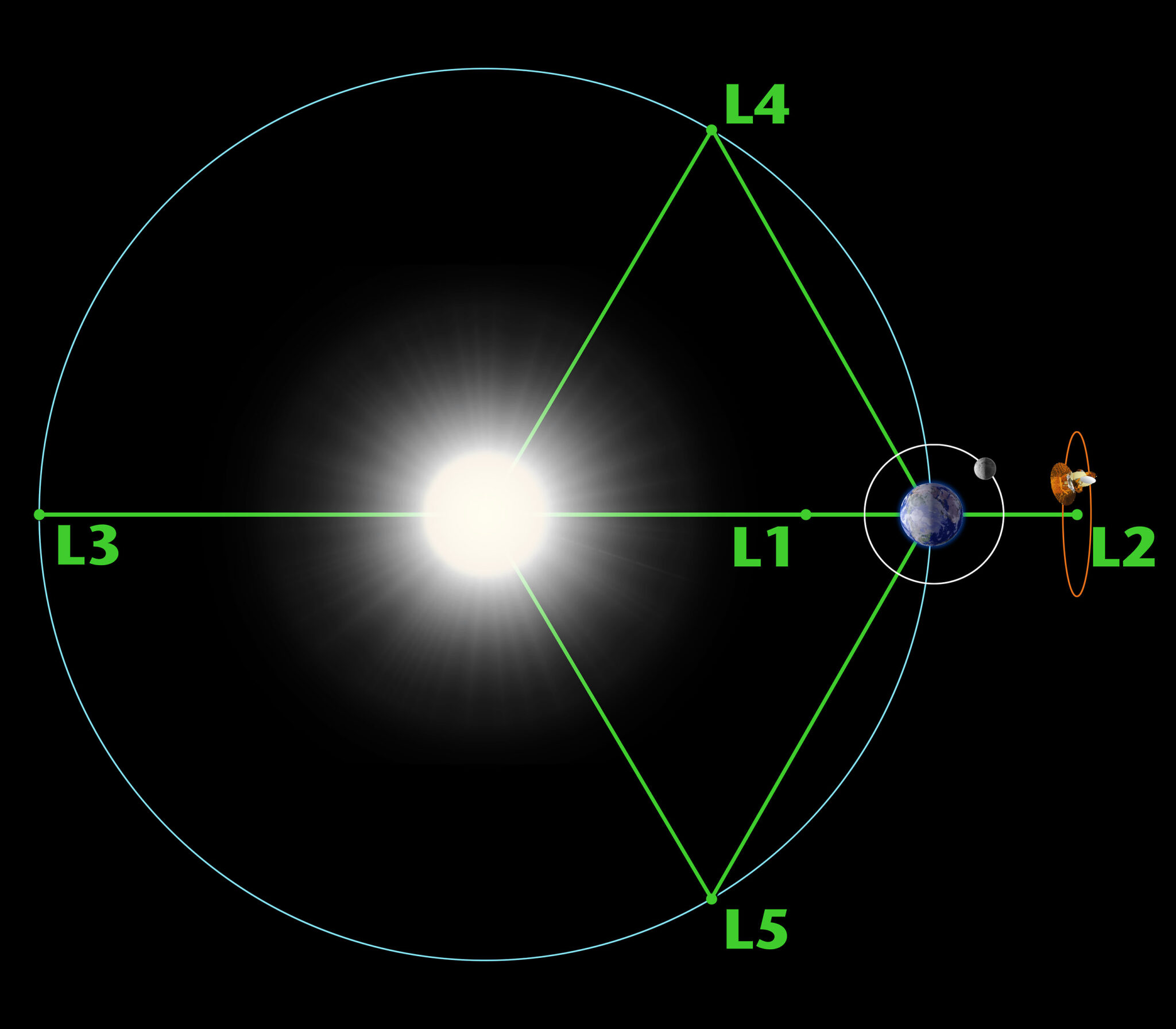
Joseph-Louis Lagrange calculated that there are five special points in space where a small object with a low mass can rotate in a constant pattern together with two large objects. Lagrange points are positions where the gravitational attraction of two large masses is exactly equal to the centripetal force required for a small object to move with them.
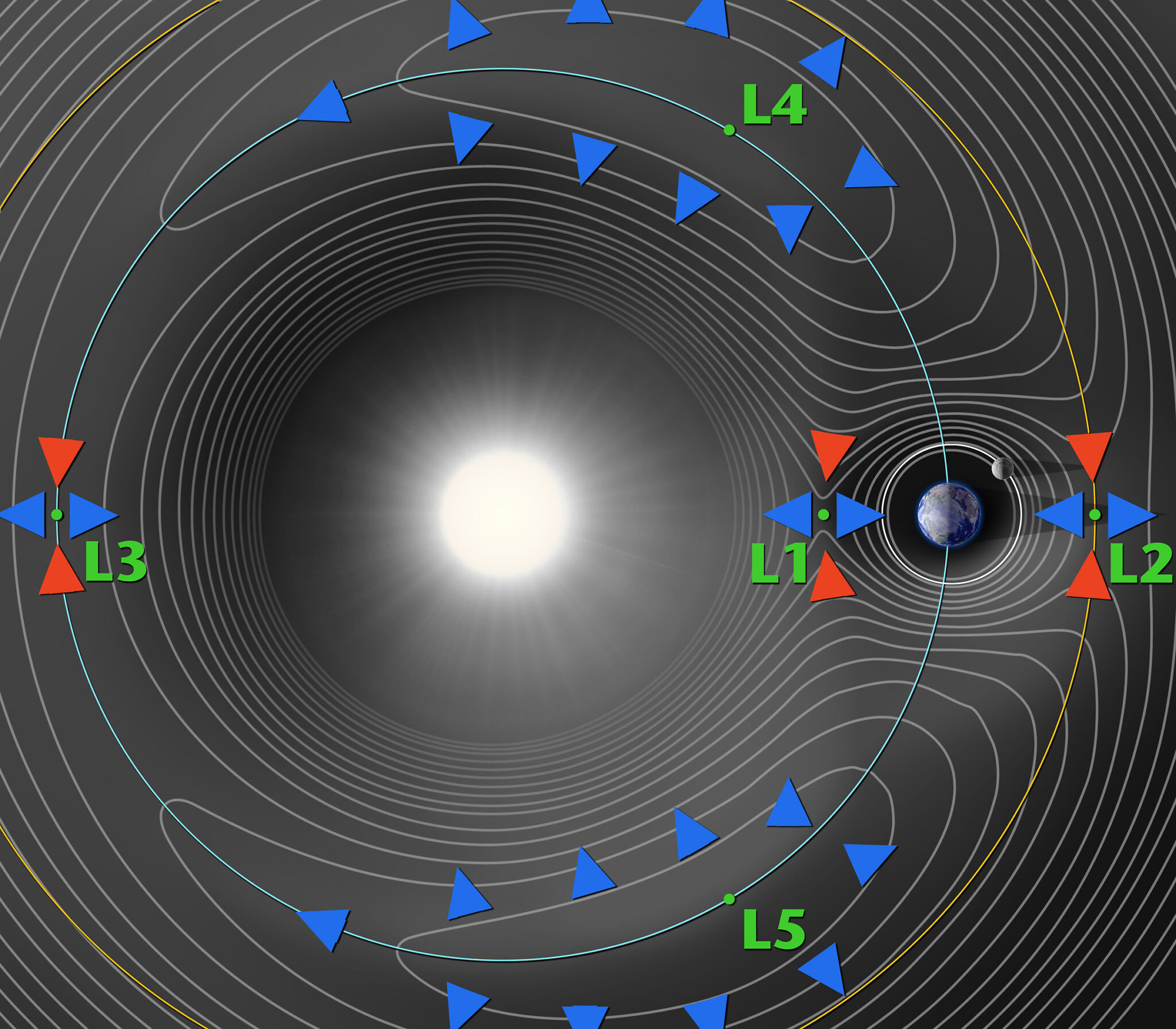
Of the five Lagrange points, three are unstable and two are stable. Unstable Lagrange points, designated L1, L2 and L3, lie along a line connecting two large masses. The stable Lagrange points, designated L4 and L5, form the vertex of two equilateral triangles which vertices have large masses. L4 leads the Earth’s orbit, and L5 follows it. The L1 point of the Earth-Sun system provides a continuous view of the Sun and is currently occupied by the SOHO Solar and Heliospheric Observatory satellite.
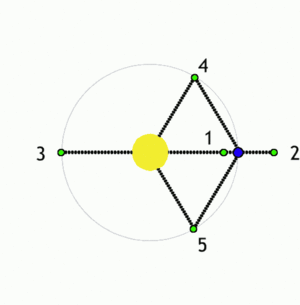
The L4 and L5 points are home to stable orbits. Objects orbiting at these points are often called “Trojans” in honor of three large asteroids: Agamemnon, Achilles and Hector, which orbit at points L4 and L5 of the Jupiter-Sun system. There are hundreds of Trojan asteroids in the Solar System. Most of them orbit Jupiter, but others orbit Mars. In addition, several of Saturn’s moons have Trojan moons. And in 2010, the WISE telescope confirmed the presence of the first Trojan asteroid (2010 TK7) around the leading Lagrange point of the Earth.
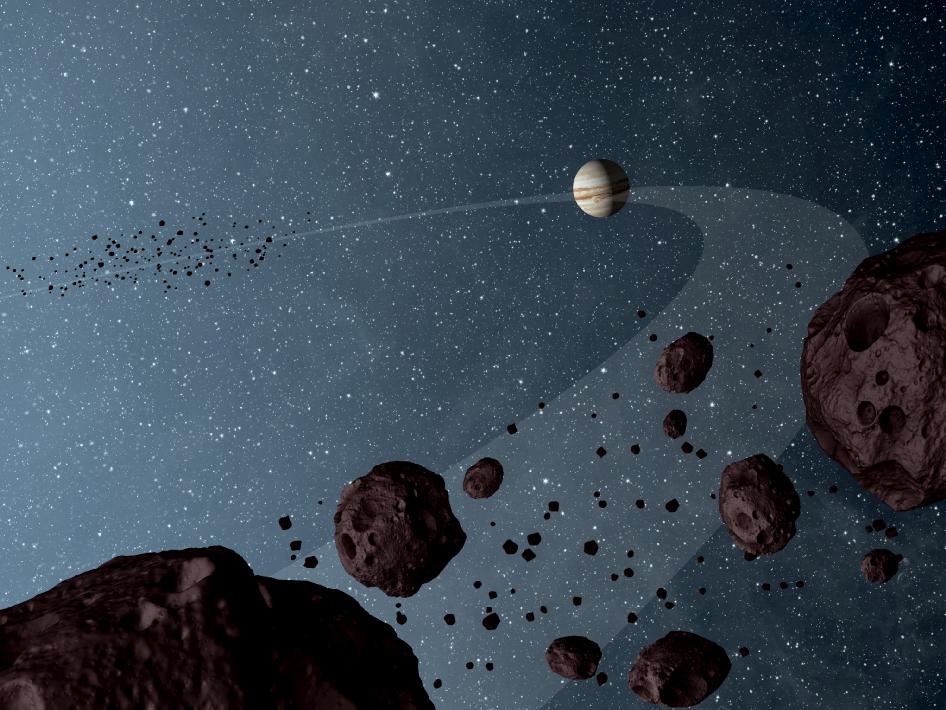
The least “attractive” point for science is L3. NASA is unlikely to find any use for it, since it remains hidden behind the Sun all the time.
Almost perfect Lagrange point L2
The L2 point of the Earth-Sun system is occupied by the disabled WMAP spacecraft, which built the famous map of the microwave radiation of the Universe. There is also an inactive Planck Observatory, which has improved the accuracy of the previously mentioned map. The European Gaia Astrometric Observatory and the Spektr-RG X-ray telescope are currently operating in the area of the L2 Lagrange point. The James Webb Space Telescope is currently heading to this point.
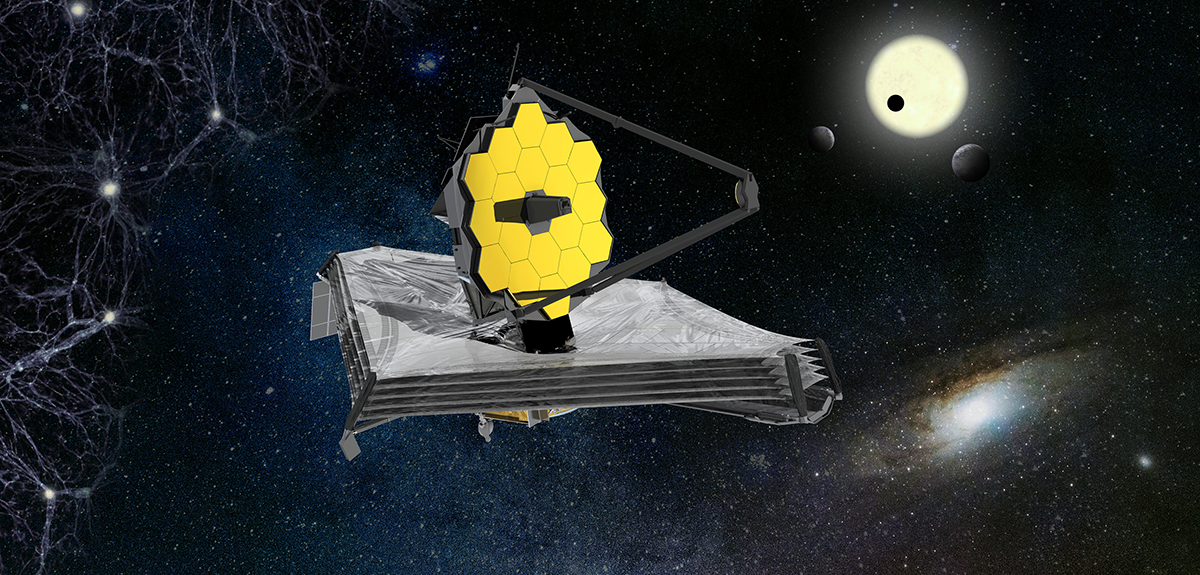
The L2 Lagrange point is ideal for astronomical research because the spacecraft in it is close enough to easily communicate with the Earth; can hold the Sun, the Earth and the Moon behind the spacecraft to generate solar energy and provides a clear view of deep space for our telescopes. Alas, the L1 and L2 points are unstable, which requires regular course adjustments and their orientation every 23 days.
Follow us on Twitter to get the most interesting space news in time
https://twitter.com/ust_magazine

